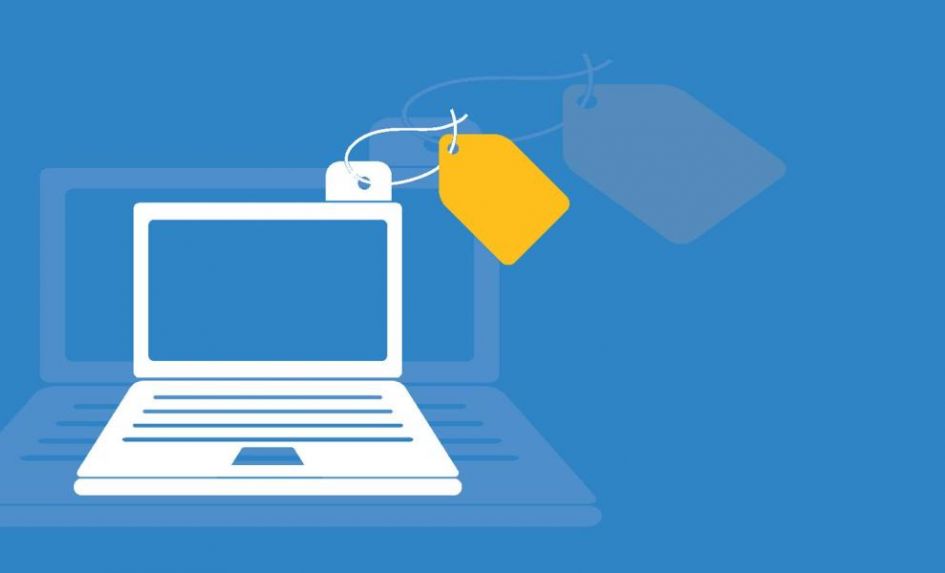In broad terms, ‘ICT investment’ can include the cost of software and licences for numerous purposes, be it for educational, administrative or general use (such as your office applications and antivirus software).
It also covers hardware, of course, from computers and their associated peripherals (printers and scanners, for example) to the devices, components and cabling needed to transport data around your school network.
There are also the service costs to bear in mind when it comes to commissioning and installing ICT solutions in the first instance, plus the sums you can expect to pay for ongoing remote support and hardware maintenance.
It may be that a colleague has to be trained in the skills of network management and maintenance, in which case they’ll have to further reckon with the costs to them in terms of time and commitment.
As schools strive to provide their students with the most advanced digital equipment they can, the question of how they intend to purchase said equipment becomes increasingly important.
Schools really only have two options – buy it outright or lease it, which means renting over an extended period and spreading out the accompanying payments.
Why lease?
There are several key benefits of leasing over outright ownership:
Regular updates
Leasing saves you from being stuck with outdated equipment
Less upfront expense
There’s no lump sum to pay, freeing up cash for other essential items or tech upgrades sooner than your budget might otherwise permit.
Predictable costs
Leasing school equipment over time can lend stability to your budget, but take care to track what payments will be due and when.
Complementary maintenance
Depending upon your lease package and provider, the future maintenance costs may already be included.
What’s the catch?
Leasing arrangements aren’t always straightforward. Back in 2012, a BBC investigation discovered that at least 169 schools had been substantially overcharged for IT equipment, leaving some with debt repayments amounting to six-figure sums.
Contracts of this type vary tremendously in price and conditions – I wouldn’t advise anyone to enter into such contracts without first seeking professional advice.
Schools then have a second hurdle to clear, in that they’re only able to take out ‘operating leases’.
The alternative is a ‘finance lease’, which can often represent better value, but these are classed by the DfE as a form of borrowing and therefore prohibited in all but very rare cases.
Dos and don’ts
Do:
- Seek advice before committing to any lease agreement
- Carefully consider all outright purchase and leasing options
- Maintain an audit trail of actions taken in relation to the arrangement of contracts
Don’t:
- Sign a lease agreement without first seeking expert advice
- Sign an incomplete agreement – ensure that the costs are broken down and the contractual obligations are clear. The total amount charged should typically not exceed 90 per cent of the value of equipment being hired
- Sign if anything in the contract is unclear and instead seek appropriate advice
- Let the representative take all copies of the paperwork away with them; always make photocopies of any signed documents
- Sign rollover contracts
Mark Seddon is ICT Director at One Education.










